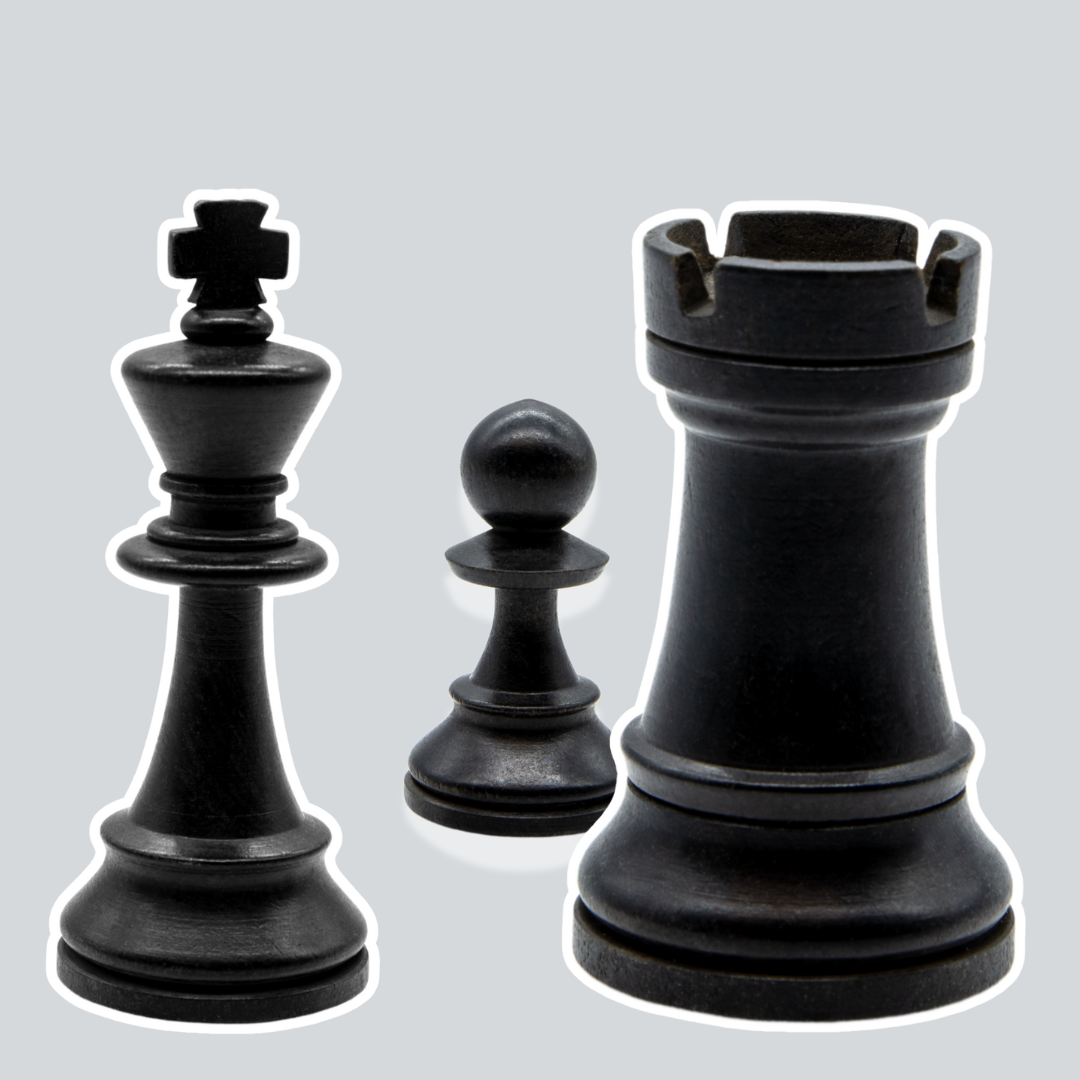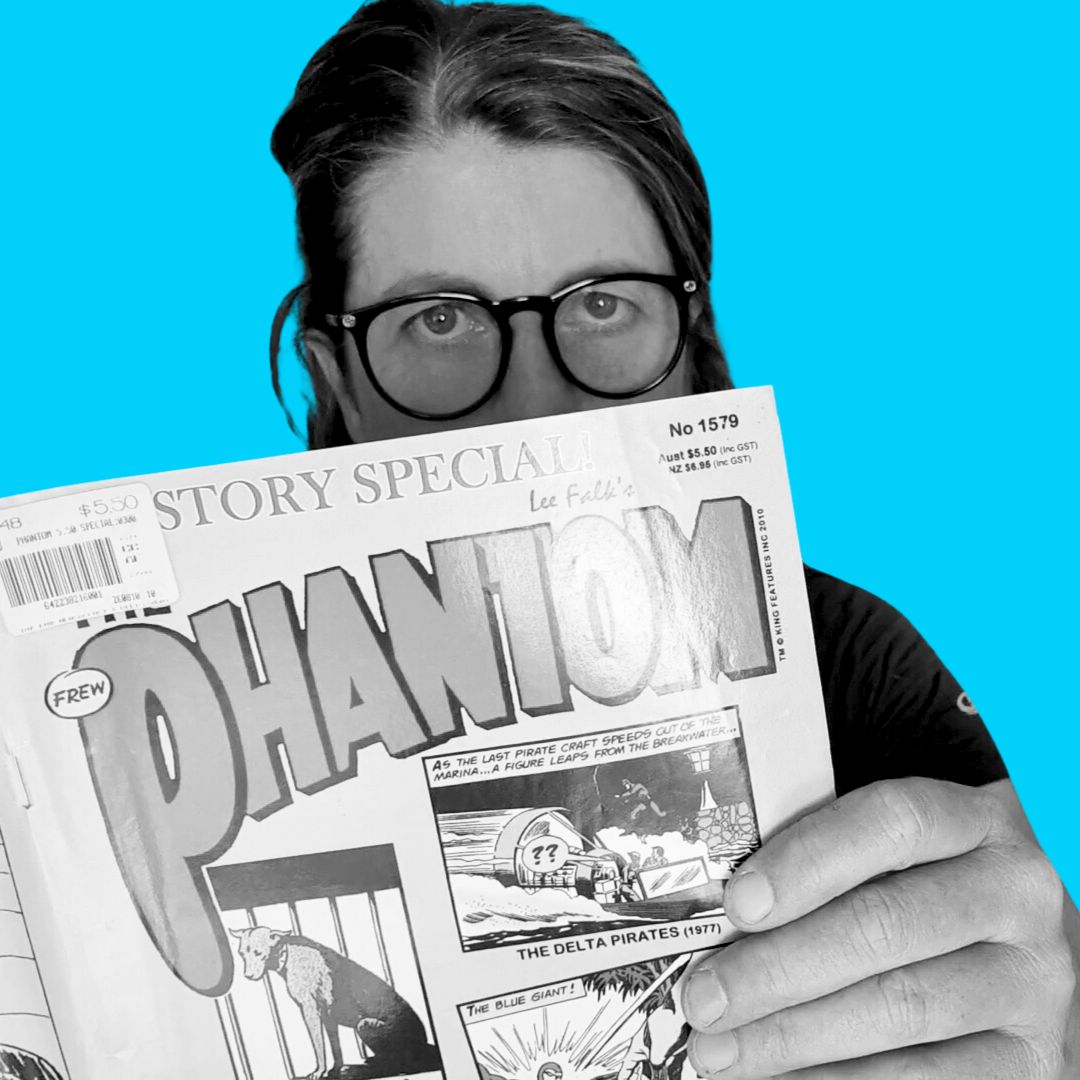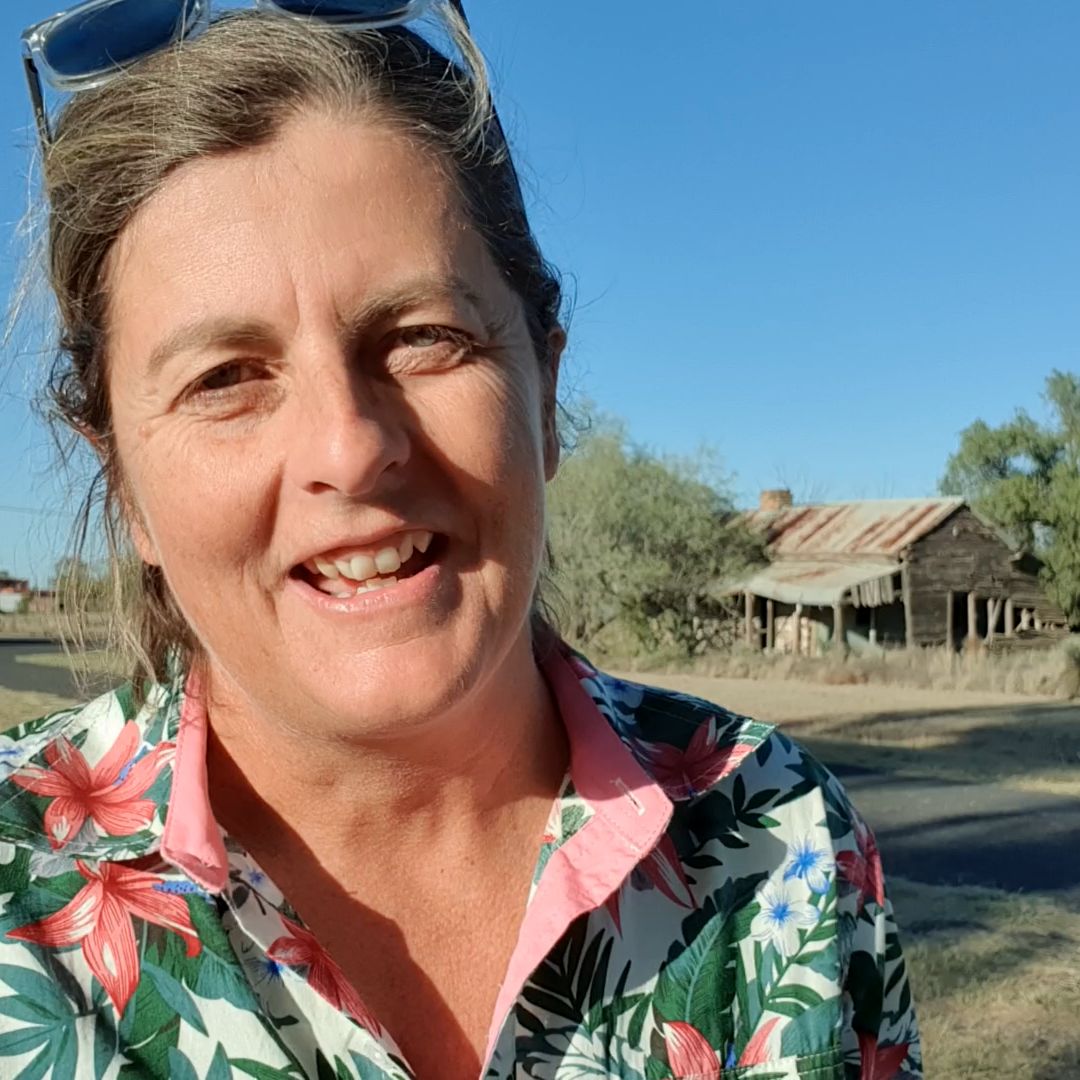Step Aside, I’m A Woman With A Mission [Statement]!
Writing a motivating personal mission statement ignites my passion during the long journey to success. I use a creative and fun technique to manifest my mojo
A mission statement is a concise explanation of the “reason for being” of an organisation, a project or a person. A personal mission statement tends to focus on the direction you want to steer your life and why that is important to you.
The Beginning of a Mission
A mission statement is a summary of the ultimate purpose of a project, and I use it as my north star. If I am trying to decide which way to head with a project, I read the mission statement and then choose the option that aligns with it.
The length, style and content of my mission statements vary depending on the stage of the project. At the beginning of a project, it tends to be “high level” (aka vague), and then as the project matures, the details sharpen.
For instance, when I sat down to type my first post for this blog, I had this mission statement bouncing in my head.
I’m on a mission to find the easiest possible cure for faffing and second-guessing.
I dislike those two behaviours a lot, and they’re deadly when they decide to set up a share-house in your head.
In GGC 2.0, I’m on the hunt for the easiest possible cure. Do you have any leads for me to follow? It’s going to be a proper cure, not a dressed-up version of avoidance.
— K Dear, The New Start
That served me well then because it gave me a path to follow and a reason to get out of bed and invest precious time in writing.
Each week I searched my journal for something to write and picked a topic that aligned with the mission. Gut instinct offered up ideas, and the mission statement defined the boundaries.
After about 11 weekly posts, I could see patterns and themes in the posts I had written. I used those insights to do my first in-depth review of my mission.
Actually, stop there.
Let me build a more accurate picture of what happened.
My Mission Lost Its Buzz
I woke up on a Tuesday morning, drained of any motivation to write. I pulled the blanket over my head, hoping my writing deadline would fade into non-existence.
I felt flat and lost.
- Why would people bother reading the blog?
- What value is it adding to people’s lives?
- Who am I to have an opinion?
- Why did I think I had anything unique to offer?
- Why don’t I have 10,000 followers already?
Sean brought me a cup of coffee, and I downloaded my woes to him.
I recognised I was deep inside Rut Ville, which I’ve visited on many occasions. I know that when my enthusiasm dies, it’s because I’ve lost connection with my mission and purpose.
A 3000-km solo road trip gave me the space for personal reflection. I contemplated what I had enjoyed about the process to date and asked for feedback from friends and readers.

Download free PDF version of this article for future reference.
Two weeks later, the blog moved from my personal website onto its own platform with a brand-new name – Inside A Bold Mind. That renewed my enthusiasm for the project, and I moved forward at full tilt again.
Since then, I have wanted to write a more detailed mission statement based on the findings of that reflective stage. Life got busy with my charity and other aspects of life, but I had the chance to sit down and play this week.
Polishing the Detail of My Mission Statement
Inside A Bold Mind is still in its infancy. I know more about what I want to achieve than when I started, but the idea is yet to reach maturity. At this stage, staying open-minded and playful is essential to create a space for better ideas to emerge.
The following four steps are how I generated creative variations of my mission statement. I may never use any of the variations. Still, there are words and phrases in each that I love and will continue to develop.
Step 1: Mind-Mapping
I used mind-mapping to document the landscape of what I already knew. I started with purpose-related questions and noted anything that bubbled up.
- Why is this work important?
- What do I believe in?
- What energises me?
- How do I want people to feel?
- What gap am I addressing?
Step 2: Stream of Consciousness Writing
I then picked three to five points that stood out and wrote those in more detail. I asked questions like:
- What do I mean by that? or
- What am I referring to here?
Writing stream of consciousness style means I don’t worry about grammatical correctness or accuracy. I write whatever boils up.
Once the ideas stopped easily flowing, I moved on to Step 3.
Step 3: Playdoh Drafts
I read through the stream of consciousness writing, and some sentences related to my “big why” excited me.
I then massaged those words into different shapes using various writing techniques. For example, I wrote a;
- Poem
- Infographic
- Sales pitch
- Fairytale
- 30 words
- One sentence
- One word
I permitted myself to play on the assumption that most of the text would never see the light of day.
It’s an enjoyable and satisfying process. In each draft, there is always something useful; a sentence I like or a concept that helps me better explain what I’m doing.
BONUS Mission Writing Tips
Most experts will encourage you to write a concise mission statement, but short isn’t always better. Avoid motherhood statements, abstract ideas and generalisations.The words you select must simultaneously evoke the right feelings and images in the minds of everyone involved in achieving the mission.
Use active rather than passive language.
Getting the words right will take some time and fiddling.
At the end of this post, I have included two drafts I created this week; a poem and a sales pitch.
I love the last sentence in the poem. It expresses a vision I have in my mind of what I aim to help others achieve. I’ll possibly use it on the website somewhere.
The sales pitch was the first time I have described the technical aspects of my strategy for Inside A Bold Mind and how that adds value for readers.
Step 4: The Final Mission Statement
A mission statement is always a work in progress and how it gets expressed depends on the context of its usage. Here are some ways I’ll use the outputs from this process. I’ll:
- Update a few sentences on the blog’s website
- Stick a one-pager on the wall near my desk for quick reference
- Write a few sentences that I can use when out at networking events
- Add a line or two to my email signature
- Write a keynote speech using the mission to structure the story
Playdoh Drafts of My Mission Statement
Version 1: Poem
A Bold Mind
It only walks the trodden path
if wisdom defines its edges.
Else it carves a new way,
with more prudent intentions.
It seeks common ground,
when others cannot do the same.
It stands calm, has faith,
when the world around it wanes.
It rejects the façade that society anoints,
for it will only ever inhibit.
It chooses to learn again as a beginner.
Explore, adapt, believe, achieve, then pivot.
Inside a Bold Mind, a choice is made
to listen and to care.
From Inside a Bold Mind, an invincible spirit rises
to do what others don’t dare.
Version 2: Sales Pitch
The solution to your “courage problem” isn’t sitting on a bookshelf.
Consume as much Brene Brown or Oprah Winfrey as you want, but that “niggling self-doubt” will stay stuck.
Self-help books are brilliant for inspiring new thoughts.
Some give you quick-fix actions.
But no book will ever take you on the journey to conquer your fears.
That can only happen through living Praxis.
Nope, that’s not a typo.
Visualise a river.
You’re on the left bank of the river, sitting atop a stack of books. Make that a pile of 18.6 million books.
That’s the number of self-help books purchased in the USA in 2019.
Over on the right bank is the future version of you without your “courage problem”.
You’re standing on solid ground, and your bold mind feels fulfilled, happy, respected and valued.
Praxis is the fancy name for a process of learning that builds the bridge from the left bank to the right one.
- Start with a theory
- Put that theory into action
- Reflect on the outcome
- Generate an improved theory.
Rinse and repeat many times.
That self-help book you recently read offered you a starting theory.
(Note: Even those based on people’s lives are still theories for your life.)
To start building the bridge to your bold mind, you now must do something.
Only 1% of self-help readers will act on what they have learned.
A minuscule number of people will then do helpful reflections.
Why?
Because in the beginning, building a new habit feels impossibly hard and scary.
Each week, Inside A Bold Mind shares honest and relatable reflections from everyday women as they learn to live boldly.
When you make a weekly habit of reading the stories, something magical occurs inside your mind. It no longer feels strange and scary to take the leap of faith, reflect on your progress and try again.




